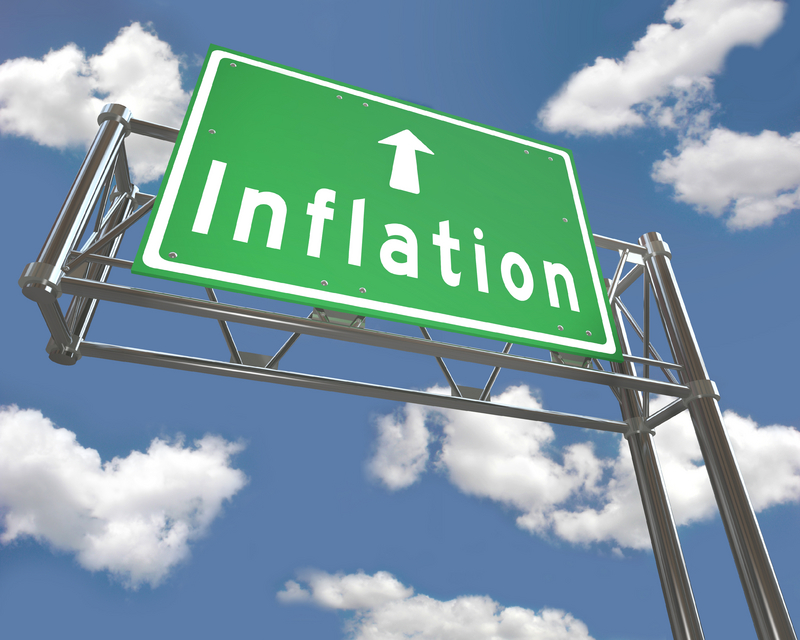Experienced Investor
Index-linked gilts don’t offer as much inflation protection as you think

Investors are warned that piling into index-linked gilts to protect themselves against rising inflation may not offer the safety levels they expect.
Index-linked gilts are loans issued by the government where the interest payment is linked to the rate of inflation. As inflation rises, the interest on them also increases so holders have their returns maintained in real terms.
However as inflation is expected to increase in the UK, beyond the UK government’s long-term target of 2%, one strategist cautions that index-linked gilts don’t always provide as much investment return or protection from inflation as investors may expect.
In the past these types of products have mainly been used by large companies who are looking to match their long-term liabilities for pension funds. However both shorter term and more opportunistic investors, in addition to those with long-term investment horizons wishing to hedge against possible inflation, have also been adding these instruments to their portfolios.
In fact index-linked gilts, also known as ‘linkers’, rallied a whopping 24% over 2016 according to JP Morgan Asset Management. For Nandini Ramakrishnan, global market strategist at the firm, this is particularly impressive considering the drastic inflation expectation shift before, and after, Brexit.
Stephanie Flanders, chief market strategist for Europe at JPM, says that many thought the returns couldn’t last. As a result many clients were told to get rid of the long-dated gilts that they had made so much money on. However this advice was generally ignored, and at the end of 2016 investors had made double digit returns.
And with inflation expected to exceed 2%, climbing closer to 3% according to some analysts, this could mean even more investors pile into linkers to protect their portfolios.
However for Flanders these products don’t always provide as much return, or protection from inflation, as investors believe. She says what is important is to look at the cause of the inflation rise.
“It is not just rising inflation expectation and rising yields that matter for this decision,” she says. “It is what is driving the rise in yields and if quite a lot of this rise is coming from an increase in term or real interest rates, you’re not protected from that if you’re holding index-linked gilts.
“You’re only really protected, and can certainly only make money from index-linked gilts, if you have a rise in nominal rates which is actually coming with a fall in the real rate.”
Flanders adds that it is surprising just how quickly people jump into index-linked gilts “without even thinking about it”.
For Adrian Lowcock, investment director at Architas, it’s not surprising these products don’t offer as much protection or returns as expected.
“Since the vote to leave the EU, markets have expected inflation in the UK to rise to around 3%, possibly a little more. The majority of this expectation is priced into the market quickly, well before most investors can act. So the only protection against inflation they offer is if inflation rises even faster than expected.”
Kelly Prior, investment manager in the F&C Multi-Manager team, says that as a section of the market, index-linked gilts are more sensitive to changes in interest rates, as they are longer-dated than most areas of the market. This is why we saw such strong returns in 2015 also, as expectations of interest rates rises in the future fell.
“The market is a discounting mechanism so will always price for an event before it happens. There are many ways to protect against inflation, using linkers is just one of them.”
See YourMoney.com’s Inflation could hit 3% next year – how to protect your portfolio for more ways to protect yourself against rising inflation.